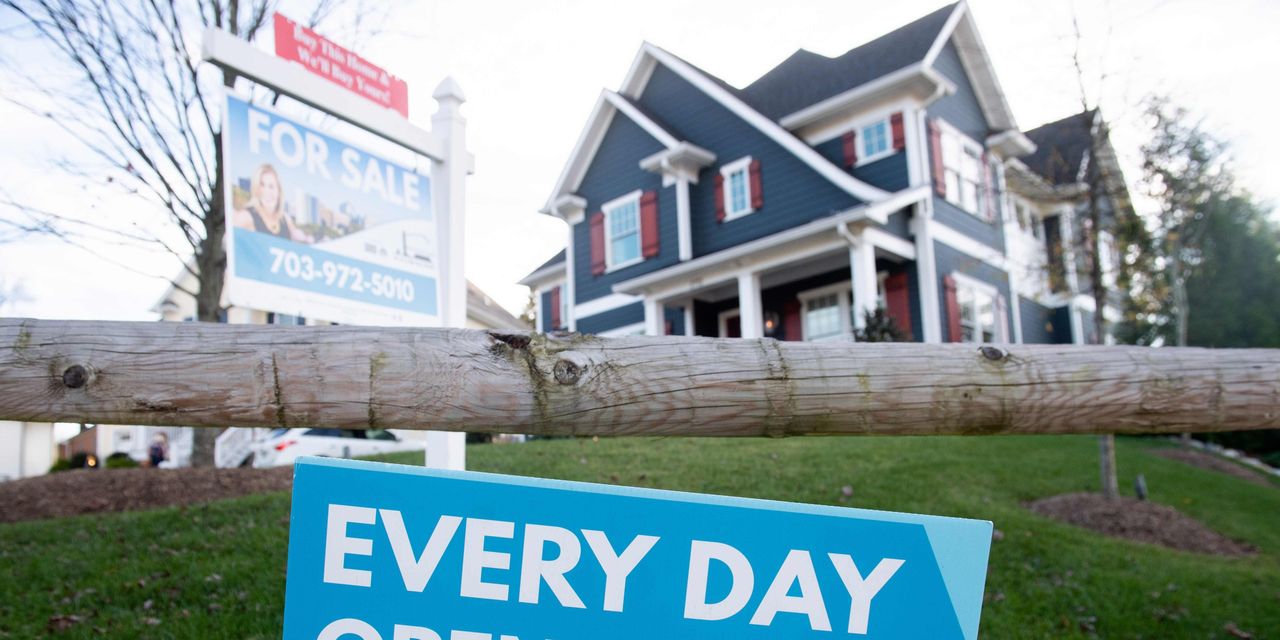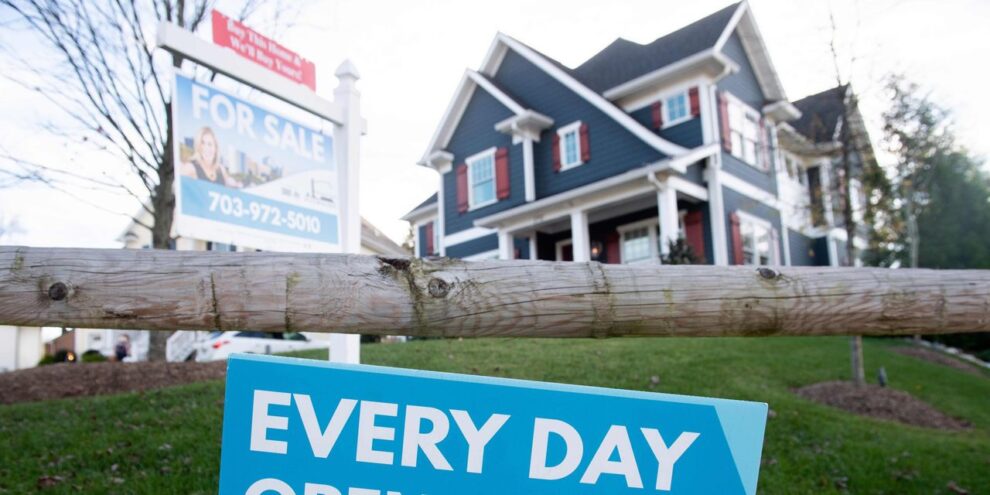
For U.S. consumers, 2020 was the best of times and worst of times. The pandemic had deleterious effects for the U.S. economy, as unemployment spiked to 14.7%, more than 100,000 small businesses closed, and bankruptcy courts neared capacity.
Yet home mortgage rates have remained low and millions of Americans bought a home or refinanced a mortgage last year. Two-thirds of Americans owned a home as of the third quarter of 2020, the highest percentage in 12 years.
Here are three reasons why the housing market will likely stay resilient in the coming months:
1. Interest rates will remain low
The Federal Reserve has signaled that interest rates will be close to zero through 2023. “Effectively we’re saying rates will remain highly accommodative until the economy is far along in its recovery,” Chairman Jerome Powell said last September.
Such an accommodative policy is necessary so that the Fed can fulfill its goals of spurring growth and strengthening the labor market. The upshot of low rates means that consumers will be able to more readily obtain mortgage financing to buy or refinance their homes. Every 100-basis point move lower in mortgage rates correlates with a 10% boost in home sales, according to one survey.
Because the Fed has been transparent about interest-rate visibility, housing lenders have been able to plan for what is likely to be a vibrant and buoyant year. For example, the company I lead, Caliber Home Loans, has hired loan officers and invested in its servicing department to keep up with demand.
Of course, elevated home prices will make buying a home less affordable. The national median home price for a single-family home increased 12% from 2019 to 2020. But owning a home is still more affordable than renting one in 63% of housing markets. What’s more, home prices may stabilize, keeping affordability in check. Sustained low nominal interest rates will certainly help consumers better afford their mortgages.
2. Fewer mortgage forbearance requests
There was a dramatic surge in mortgage forbearance requests in the months following the first COVID-19 lockdowns. Some 7.91% of servicers’ portfolio volume were in forbearance in April 2020. This has gradually decreased to 5.48% last December.
This still means that 2.7 million U.S. homeowners are on a forbearance plan. Indeed, housing lenders must continue to partner with borrowers so that they can get back on the feet. But the trend line is encouraging and suggests that American homeowners have weathered the economic storm relatively well. If a federal economic stimulus does get enacted, Americans who receive payments will be able to better afford their mortgage payments. Such a development would be an obvious boon to consumers and lenders alike.
3. Enhanced customer service
From finding a home and conferring with realtors and loan officers to filling out many forms — obtaining a mortgage can be complex. Since the lockdown, many home lenders have invested considerably in their customer service programs.
The natural impediments of not being able to meet customers face to face has resulted in new ways of servicing customers. For example, there has been a rise in e-notary services, so that consumers can have their documents notarized electronically and virtually. In fact, several states have passed laws to permit remote online notarization. Companies such as mine have boosted customer service initiatives by implementing chatbots powered by artificial intelligence to facilitate inquiries. Because of the initial spike in forbearances, members of our servicing department have become familiar with the ways a home lender can help keep owners in their homes.
Sanjiv Das is CEO of Caliber Home Loans. He was CEO of CitiMortgage from 2008 to 2013.
More: Selling your home in retirement? 6 ways to come out ahead
Also read: Shopping for a home and scared of COVID-19? Here’s how real-estate agents are keeping clients safe





